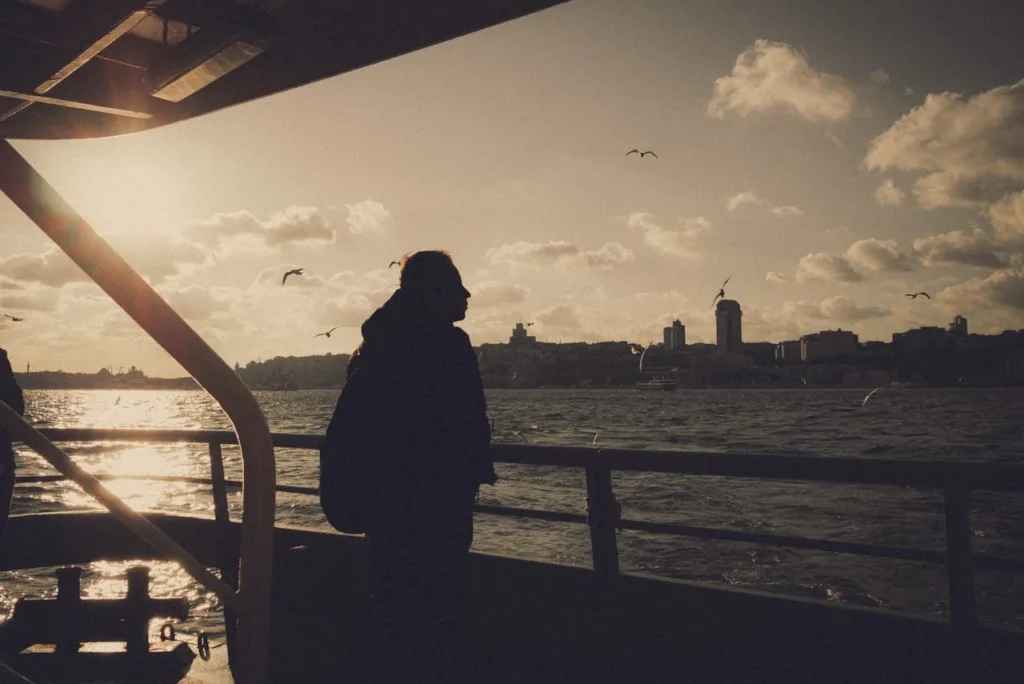Malaria is a serious concern for travelers in certain regions of Brazil, and understanding the risks and preventive measures is crucial.
In this comprehensive guide, we will delve into key aspects of malaria prevention to ensure a safe and informed travel experience.
Assessing Malaria Risks in Brazil
Brazil, with its diverse landscapes and tropical climate, poses varying risks of malaria transmission across different regions. Travelers must be aware of these risks to take necessary precautions.
High-Risk Regions to Take Caution
Amazon Rainforest
The dense Amazon Rainforest carries one of the highest risks of malaria in South America. Travelers planning to explore this region, including popular destinations like Manaus and Porto Velho, should be particularly vigilant.
Rural Areas of Acre, Amapá, Rondônia, and Maranhão
Rural areas in these states also present a higher risk of malaria. While not quite as high as the Amazon rainforest, travelers venturing into these regions should still be cautious and follow preventive measures.
Local Health Advisories in Brazil
Staying informed about local health advisories is crucial for travelers. Health departments and travel clinics routinely provide updates on prevalent diseases and recommended preventive measures.
Regularly checking for these advisories ensures that travelers are well-informed and can adapt their preventive strategies accordingly, contributing to a more comprehensive approach to health protection.
Travel Insurance
If possible, travel insurance is a wise step for frequent travelers to malaria-prone regions. Ensuring the policy covers medical expenses, including potential malaria treatment, provides financial security in the face of unexpected health challenges.
Preventive Measures for Travelers
Malaria Tablets: Choosing the Right Medication
Before embarking on a journey to malaria-prone areas in Brazil, obtaining a prescription for antimalarial medications is highly recommended. Commonly prescribed medications include:
- Malarone (atovaquone-proguanil)
- Chloroquine
- Doxycycline
- Mefloquine
Malarone is often most-recommended by doctors (and often most preferred by travelers) – due to its effectiveness and very manageable side effects, although many travelers don’t experience any at all.
Starting the prescribed medication before entering malaria-prone areas is vital, with specific requirements for each drug, including the need to continue taking the medication after leaving malaria-prone areas.
How Do Malaria Tablets Work?
These medications help disrupt the life cycle of the malaria parasite (Plasmodium) inside the body – hindering its ability to reproduce and grow.
Malarone effectively targets both the active and dormant forms of the malaria parasite. It’s taken prophylactically, meaning it is used to prevent infection rather than treat it after symptoms appear.
Practical Tips for Malaria Prevention
Use of Insect Repellent
Applying insect repellent with DEET is a basic yet effective preventive measure. It’s essential to choose a repellent with at least 20-30% DEET concentration for optimal effectiveness.
Remember to reapply the repellent every few hours, especially if you’re sweating or spending extended periods outdoors.
Using a combination of insect repellent and sunscreen (by applying the sunscreen first and the repellent over it) works fine with most repellents and sunscreens.
Protective Clothing
Wearing long-sleeved clothes helps reduce exposure to mosquito bites, especially during dawn and dusk when mosquitoes are most active. If you’re able to, cover up as much as possible – including legs, arms and feet.
Avoid Stagnant Water Areas
Steering clear of areas with stagnant water is crucial (as the Telegraph covers here). Accommodations with mosquito control measures, like window screens, provide an additional layer of protection.
Risk Assessment for Popular Brazilian Destinations
Rio de Janeiro and São Paulo
While Rio de Janeiro and São Paulo are generally considered medium-risk for malaria, travelers should still take precautionary measures if possible. Urban areas may have a moderate risk, but factors like temperature, seasonal variations, and local conditions can still influence the prevalence of mosquitoes.
Iguaçu Falls
Iguaçu Falls, a stunning natural wonder, poses a low-to-medium risk of malaria. The breathtaking beauty of the falls attracts many travelers, and while the risk isn’t extremely high, preventive measures are still recommended. Applying insect repellent and staying vigilant, especially during peak mosquito activity times, ensures a safe visit to this awe-inspiring destination.
Pantanal Wetlands
The Pantanal wetlands also carry a moderate risk of malaria transmission. Travelers planning to explore this unique ecosystem should exercise caution and follow preventive strategies. In addition to taking prescribed antimalarial medications, using insect repellent consistently, and avoiding mosquito-prone areas during peak times contribute to a more robust defense against malaria.
Frequently Asked Questions (FAQs)
1: What symptoms should I be aware of if I suspect malaria?
Symptoms include fever, chills, headache, and muscle aches. Seek medical attention promptly if these symptoms occur, even if you are taking malaria tablets.
2: Is protective clothing enough to avoid malaria, or are malaria tablets necessary?
While long-sleeved clothing helps, there are still many travelers that contract the disease (despite heavy usage of clothing and repellent). Malaria tablets are uniquely made to fight the malaria parasite, after it enters your system. Consult with a healthcare professional for personalized advice.
3: Is it necessary to take malaria tablets if I’m only visiting urban areas?
While the risk is lower in urban areas, taking malaria tablets is still recommended. Prevention is essential, and there have been cases of malaria contraction in low-risk areas.
4: What other types of environments in Brazil present higher malaria risks?
Malaria risks can vary, but being vigilant throughout Brazil, especially in areas with standing water, is essential. Dawn and dusk periods also present higher risk, no matter where you are (urban vs. rural).
5: How effective are insect repellents and bed nets for preventing malaria?
Mosquito repellent and bed nets treated with insecticides are moderately effective in reducing mosquito bites, but won’t fully protect you. Combining their use with other preventive measures enhances overall protection.
6: How long does it take for malaria symptoms to appear after a mosquito bite?
Malaria symptoms can manifest anywhere from a week to several weeks after a mosquito bite. It’s essential to be vigilant and seek medical attention promptly if symptoms, such as fever and chills, occur, even if you’ve been taking preventive medication.
Ensuring a Safe, Malaria-Free Journey in Brazil
Understanding the risks and preventive measures for malaria in Brazil is paramount for a safe and enjoyable travel experience. By incorporating these precautions into their plans, travelers can explore the beauty of Brazil with confidence in their health protection measures. For a hassle-free antimalarial prescription process, consider consulting with a healthcare professional before your journey.

